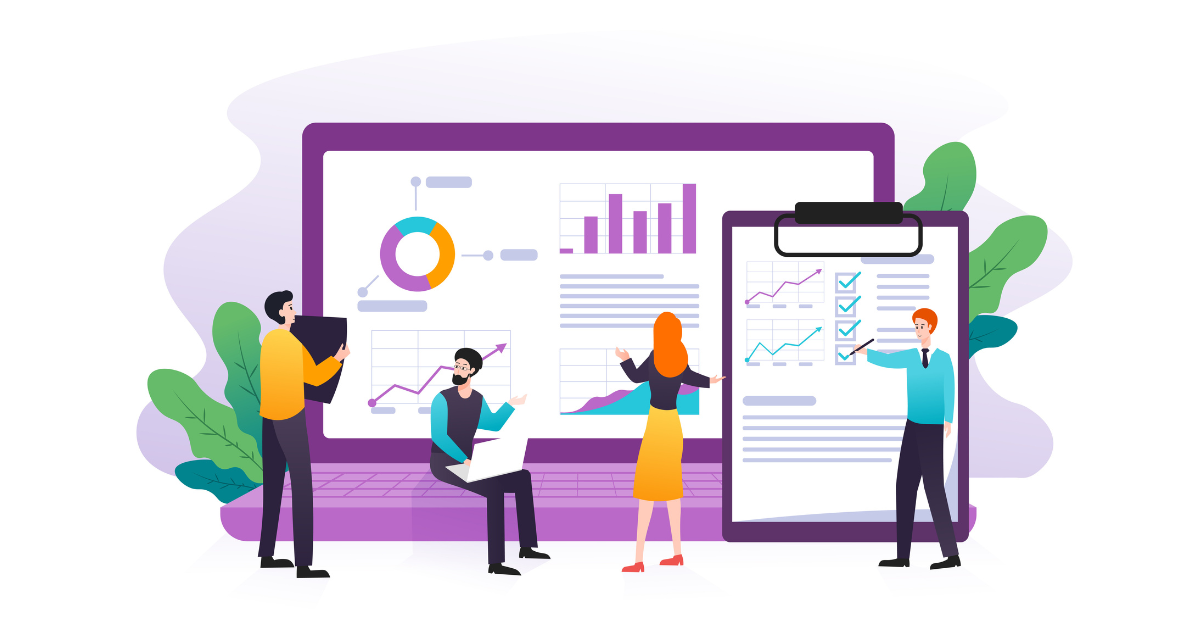If you’ve previously dismissed the concepts of “Big Data” and “Gamification” as industry buzzwords describing marketing strategies only available to the most sophisticated organizations—think again. Big data and gamification are something we can all deploy in our everyday marketing activities.
But before we start digging deep into big data and having fun with gamification, it helps to know what we are playing with.
What is Big Data?
Big data refers to the vast amounts of data organizations collect across multiple customer touchpoints. It empowers organizations to manage detailed insights into their operations, customers, and markets, enabling data-driven decision-making that improves efficiency, enhances customer experiences, and provides competitive advantages. Big data drives innovation, product development, and personalized services. It also helps organizations predict trends, identify risks, and optimize resource allocation.
You’ll find big data stashed away in numerous places within your organization. It will be in your email marketing, social media, and website analytics software. You’ll also find it in your eCommerce platforms and payment gateways. Savvy marketers will bring all this data together in their CRM systems, where they can analyze that information and make intelligent marketing decisions.
Due to the volume and wide range of sources, big data can be challenging to manage and analyze. However, by breaking big data down into manageable sets, it can be used by businesses to gain considerable advantage over their competitors.
What is Gamification?
Gamification refers to the integration of game-like elements such as rewards, competition, and challenges into online activities or processes that traditionally lack a gaming aspect. This strategic approach is commonly employed in content creation to elevate customer engagement, foster loyalty, and attain specific marketing goals.
Typical examples of gamification in a marketing campaign might include a prize wheel or digital scratch-off card, offering customers various discounts or incentives to buy, a reverse auction (where the lowest unique bidder on a promoted product wins the item), or just a little bit of fun to distract the user and encourage some social engagement. For example, as we approach the holiday season, who can forget Office Depot’s/Office Max’s Elf Yourself campaign which had us all singing and dancing long before the words “going viral” meant something positive.
When people play games in your digital backyard, they typically do three things:
- They stick around much longer than they normally would.
- They surrender a lot more personal data than they usually would with a typical customer engagement.
- They take their gameplay onto social media, where they can help organizations recruit new customers.
How Do Big Data and Gamification Work Together?
Combining big data with gamification supercharges both strategies.
Big data and gamification typically intersect at the point where data analytics and game-inspired elements are used together to enhance user engagement and achieve specific goals. Points of intersection include:
- Data Collection: Gamified systems often generate a wealth of user data, including behavior patterns, interactions, and preferences. Big data technologies collect, store, and manage this data efficiently.
- Analytics: Big data analytics tools are employed to process and analyze the vast amount of data generated within gamification platforms. This analysis helps identify trends, user behavior, and areas for improvement.
- Predictive Analytics: Big data can be used for predictive analytics to anticipate user behavior and tailor gamified experiences accordingly.
Benefits of Combining Big Data and Gamification
While gamification leverages game-like elements to engage and motivate users, big data provides the means to collect and analyze insights from the vast amounts of data generated by these gamified systems. Here are a few ways in which they complement each other to boost engagement and sales and generate customer lifetime value (CLV):
Personalization
By analyzing their behavior, preferences, and interactions, big data analytics can help tailor gamified experiences to individual users. This personalization enhances engagement and encourages users to stay involved.
Real-Time Feedback
Big data can provide real-time feedback on how users respond to gamification elements, allowing businesses and organizations to make immediate adjustments to enhance the user experience and achieve specific objectives.
Targeted Rewards and Incentives
Big data can help identify which rewards and incentives are most effective in motivating users. This data-driven approach enables businesses to allocate resources more efficiently and offer rewards that resonate with their audience.
A/B Testing
Big data enables A/B testing, where different gamification elements can be compared and evaluated to determine which ones perform better in terms of engagement and achievement of objectives.
The Takeaway
Gamification puts the fun back into big data. It creates a more friendly and less intrusive way of collecting customer data. However, as fun as gamification is, it takes a lot of hard work to deploy those creative gameplay ideas that encourage users to submit their data.
But gameplay is just the first step. Knowing what to do with all that data is the challenging part.
The marketing experts at emfluence have the creative playbook and technical know-how to help you win with big data and gamification. To learn more and start playing smart, contact us today at expert@emfluence.com.



